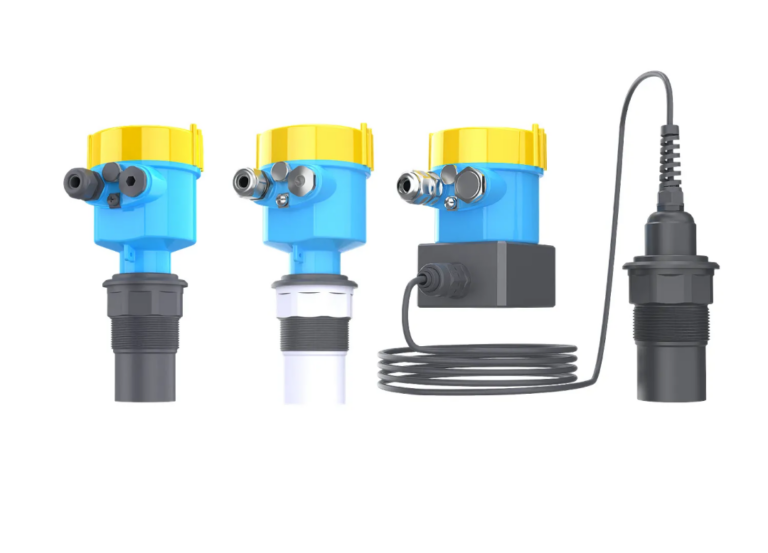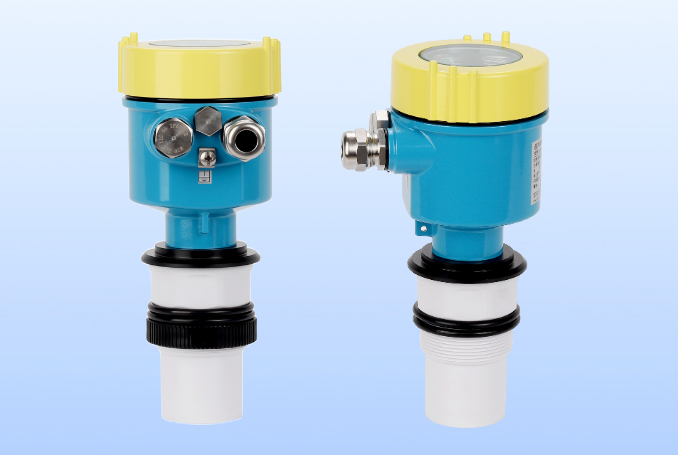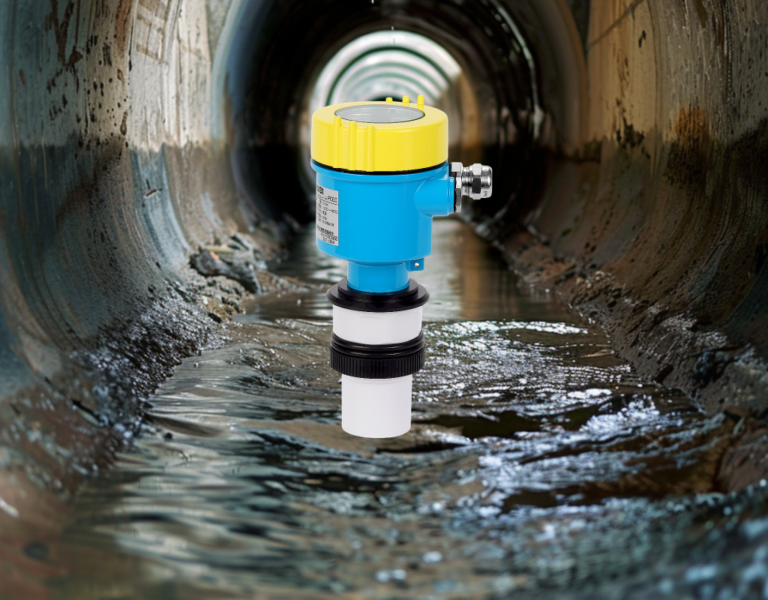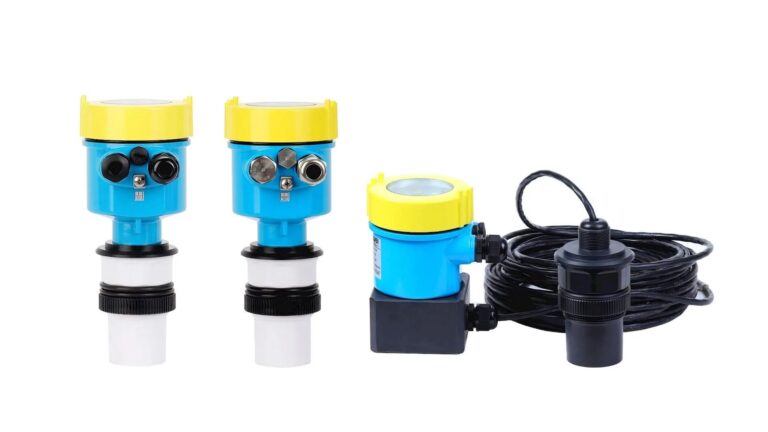1. Introduction: Liquid Level Measurement in Harsh Steelmaking Environments
Steel production environments are among the most complex and demanding in industrial sectors. From high-temperature molten metals and corrosive fluids to heavy dust and continuous operation cycles, accurate and reliable liquid level monitoring is critical to ensure process stability and equipment safety. Key process areas that demand precise level control include:
Continuous casting secondary cooling system: Real-time water level control is vital to maintain uniform billet cooling and prevent surface cracking.
Blast furnace water circulation system: Stable water supply ensures thermal balance of furnace linings and prevents refractory damage due to level fluctuations.
Converter (BOF) dust removal tanks: Accurate liquid level monitoring prevents tank overflow and dry pump operation, ensuring fume scrubbing efficiency.
Hot metal and steel ladles: Monitoring molten metal volumes allows optimization of tapping and ladle transport scheduling.
In these scenarios, the medium often contains molten metals (>1000°C), steam, oxide dust, and acidic residues. Traditional contact-type level meters are prone to corrosion, scaling, and signal failure. The non-contact design of ultrasonic level meters offers a robust alternative to overcome these challenges.

2. Technical Principle and Suitability in Steel Applications
Ultrasonic level meters operate by emitting high-frequency acoustic pulses (typically 20 kHz–1 MHz) and measuring the time it takes for the reflected signal to return from the liquid surface. The liquid level is then calculated using the equation:
L = E – (c × t / 2)
(L = liquid level height; E = tank height; c = sound speed; t = round-trip time)
Key features making ultrasonic level meters well-suited for steel industry applications include:
Non-contact measurement: Eliminates direct exposure to high-temperature or aggressive media, significantly reducing wear and maintenance.
High temperature and corrosion resistance: Sensor probes made of ceramic or PTFE withstand temperatures up to 150°C and resist a wide pH range of corrosive solutions.
Dust interference immunity: Multi-pulse transmission and digital signal filtering reduce the impact of iron oxide dust on signal accuracy.
Remote system integration: Output options including 4–20 mA, RS485/Modbus support seamless integration into plant DCS/PLC systems for centralized control.

3. Typical Use Cases in Steel Production
🔹 Secondary Cooling Water Control in Continuous Casting
In continuous casting, water flow directly influences the solidification rate and surface quality of billets. Ultrasonic level meters are mounted above the cooling water tanks to continuously monitor and regulate water replenishment. In one steel plant, implementation of this system reduced billet cracking rate by 18%, improving product quality and process consistency.
🔹 Blast Furnace Closed-loop Soft Water Circulation
Soft water used to cool the furnace lining operates in a sealed circuit to prevent oxidation. Ultrasonic level meters, installed using flange connections on expansion tanks, continuously monitor water levels and trigger automatic valve control to maintain system pressure. This ensures uninterrupted furnace operation and reduces manual intervention.
🔹 Hot Metal Ladle Level Monitoring
Overfilling or underfilling hot metal ladles can lead to spillage during transport or inefficient tapping. High-temperature ultrasonic sensors (rated for 150°C) are vertically mounted at the ladle mouth to monitor liquid levels in real time. Data is transmitted to the central dispatch system, enhancing operation safety and scheduling precision.

4. Installation and Maintenance Best Practices
📌 Installation Guidelines
Mount the sensor vertically at the center of the tank top to avoid interference from stirrers or inlets.
In high-temperature zones (e.g., near ladles), use heat shielding or specialized high-temp sensors.
In dusty environments, install air purging systems to keep the sensor surface clean.
🔧 Maintenance Recommendations
Weekly: Clean the probe surface to remove dust or buildup.
Quarterly: Recalibrate speed-of-sound parameters to compensate for ambient temperature variations.
Annually: Inspect electronic components for aging and replace any degraded parts.

5. Limitations and Engineering Solutions
❗ Challenges
Installation on sealed tanks requires drilling, which may compromise the vessel’s integrity.
Heavy steam or foam layers can attenuate ultrasonic signals, leading to inaccurate readings.
✅ Solutions
For sealed containers, use flange-type probes with appropriate sealing gaskets to maintain enclosure integrity.
In steam-heavy environments, consider guided wave radar level meters or add steam dispersion devices to improve signal transmission.
For foamy surfaces, install mechanical defoamers or switch to low-frequency ultrasonic models with stronger penetration.
6. Future Development Trends
Smart Compensation Algorithms: Integration of AI-based signal processing to auto-correct for environmental changes (temperature, pressure) and maintain accuracy in dynamic conditions.
Multi-sensor Fusion: Combining ultrasonic, temperature, and flow sensors to enable full-spectrum process monitoring.
Wireless Connectivity: Adoption of LoRa/NB-IoT for creating low-power, wireless monitoring networks across distributed plant areas.

Conclusion
Ultrasonic level meters, with their non-contact, corrosion-resistant, and easy-to-integrate design, have become essential tools in steel plant liquid level monitoring. When properly selected, installed, and maintained, they can effectively address challenges such as high temperature, dust, and chemical corrosion. As digital transformation in the steel industry accelerates, ultrasonic level meters will continue to play a key role in enhancing measurement precision, safety, and automation.
